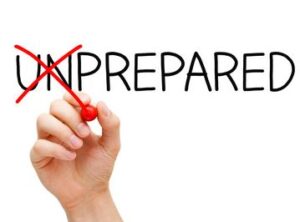100 Edible Items For Survival
What are the top 100 edible items and combinations for human survival in a wilderness or hostile environment such as an invasion?
1. Berries
2. Nuts
3. Grains
4. Leaves
5. Roots
6. Fruits
7. Mushrooms
8. Insects
9. Fish
10. Crustaceans
11. Snails
12. Shellfish
13. Small mammals
14. Reptiles
15. Birds
16. Eggs
17. Seeds
18. Tubers
19. Honey
20. Edible Flowers
21. Edible Weeds
22. Edible Insect Larvae
23. Edible Insects
24. Seaweed
25. Sprouts
26. Frogs
27. Turtles
28. Wild Greens
29. Wild Fruits
30. Wild Berries
31. Wild Nuts
32. Wild Grains
33. Wild Roots
34. Wild Mushrooms
35. Wild Edible Flowers
36. Wild Edible Weeds
37. Wild Insects
38. Wild Crustaceans
39. Wild Small Mammals
40. Wild Reptiles
41. Wild Birds
42. Wild Eggs
43. Wild Seeds
44. Wild Tubers
45. Wild Honey
46. Wild Fish
47. Wild Snails
48. Wild Shellfish
49. Wild Sprouts
50. Wild Frogs
51. Wild Turtles
52. Berries and Nuts
53. Berries and Grains
54. Berries and Leaves
55. Berries and Roots
56. Berries and Fruits
57. Berries and Mushrooms
58. Berries and Insects
59. Berries and Fish
60. Berries and Crustaceans
61. Berries and Snails
62. Berries and Shellfish
63. Berries and Small Mammals
64. Berries and Reptiles
65. Berries and Birds
66. Berries and Eggs
67. Berries and Seeds
68. Berries and Tubers
69. Berries and Honey
70. Nuts and Grains
71. Nuts and Leaves
72. Nuts and Roots
73. Nuts and Fruits
74. Nuts and Mushrooms
75. Nuts and Insects
76. Nuts and Fish
77. Nuts and Crustaceans
78. Nuts and Snails
79. Nuts and Shellfish
80. Nuts and Small Mammals
81. Nuts and Reptiles
82. Nuts and Birds
83. Nuts and Eggs
84. Nuts and Seeds
85. Nuts and Tubers
86. Nuts and Honey
87. Grains and Leaves
88. Grains and Roots
89. Grains and Fruits
90. Grains and Mushrooms
91. Grains and Insects
92. Grains and Fish
93. Grains and Crustaceans
94. Grains and Snails
95. Grains and Shellfish
96. Grains and Small Mammals
97. Grains and Reptiles
98. Grains and Birds
99. Grains and Eggs
100. Grains and Seeds

